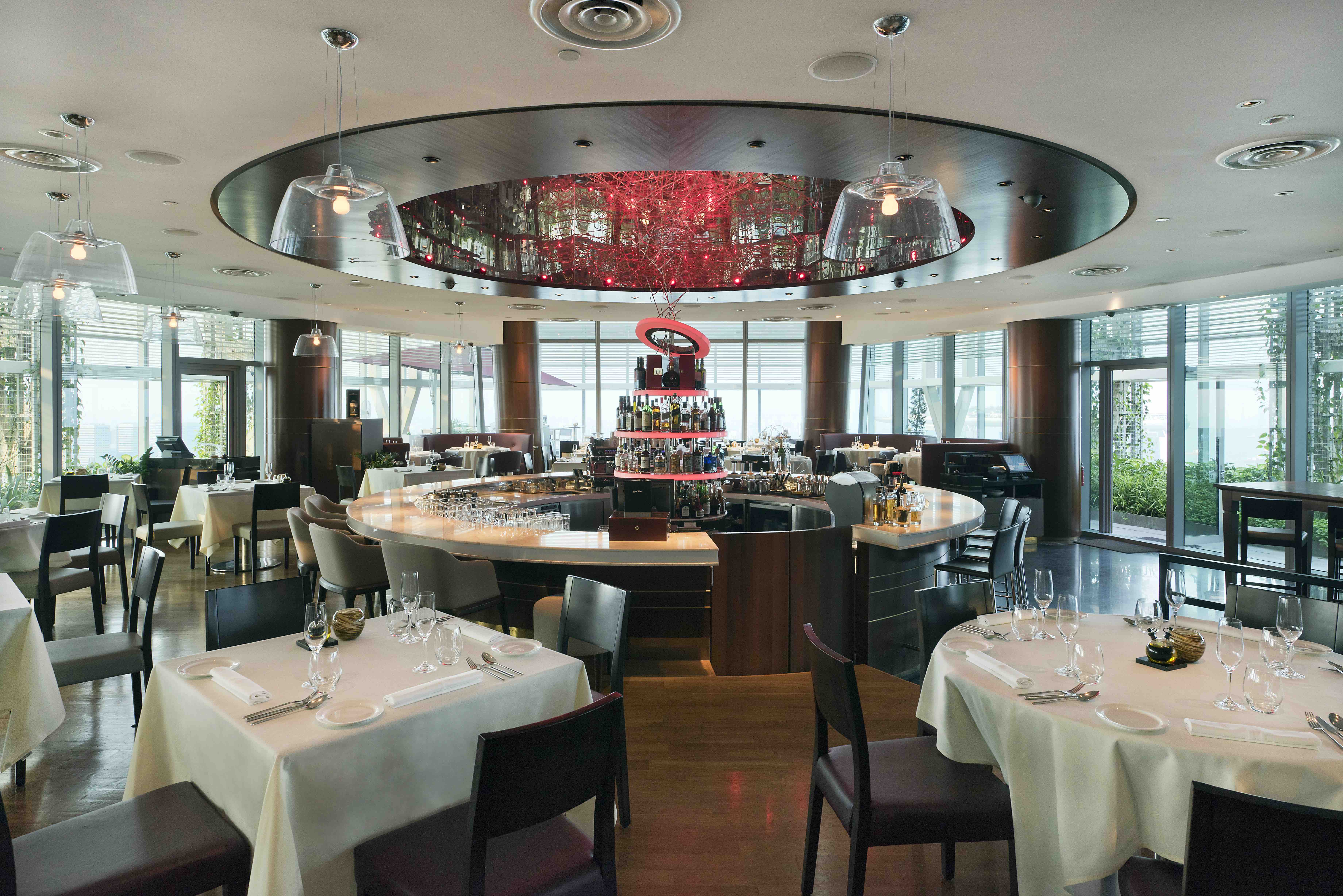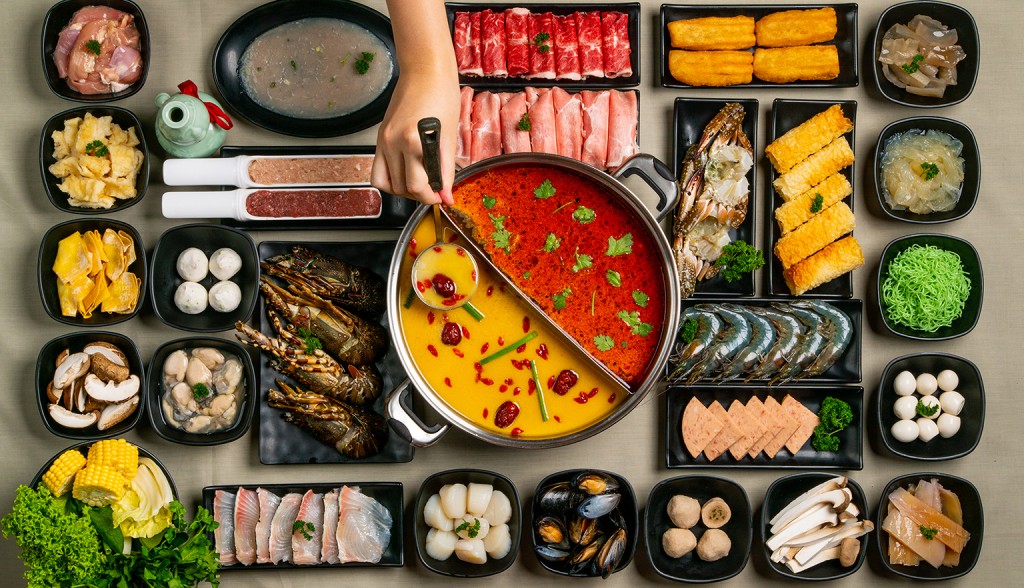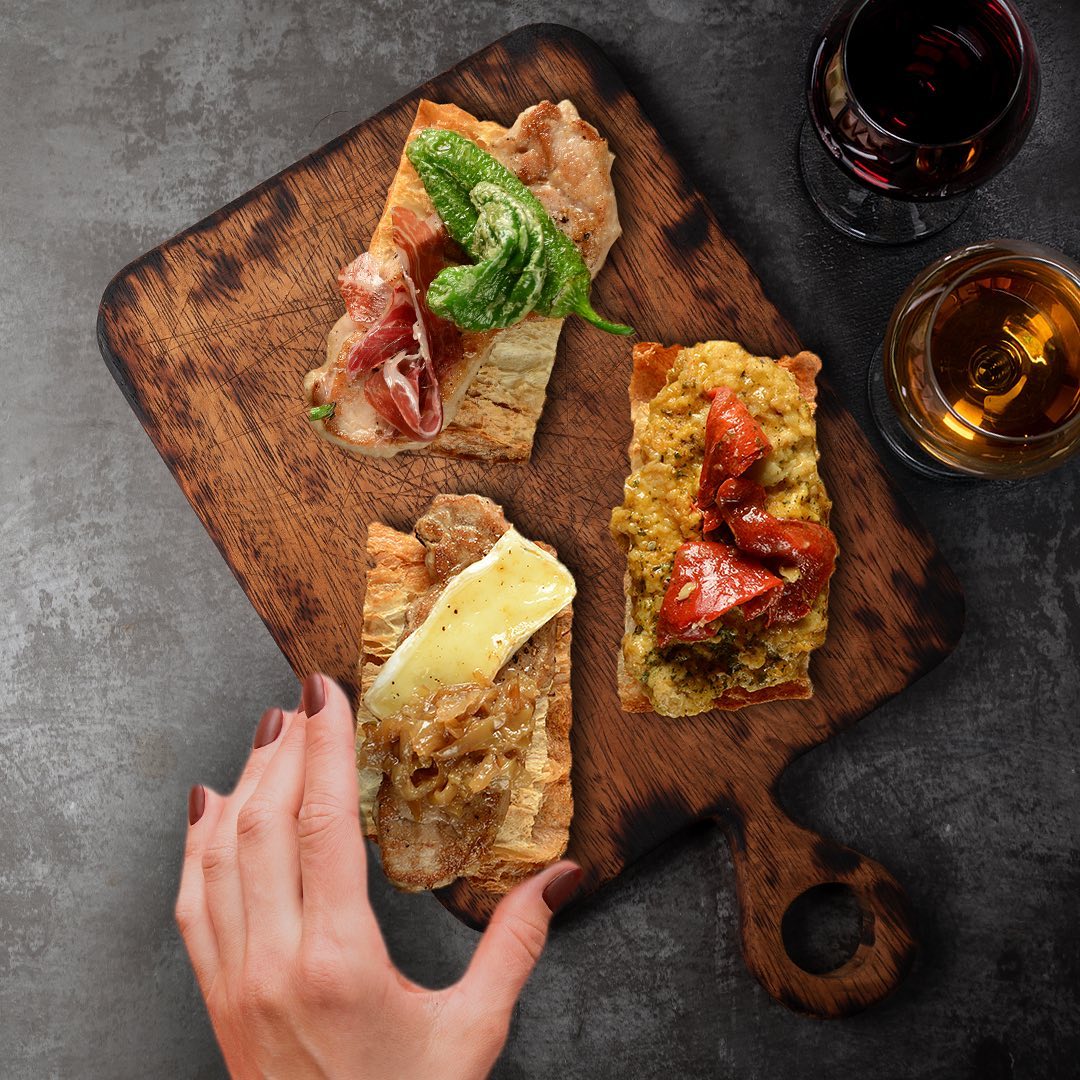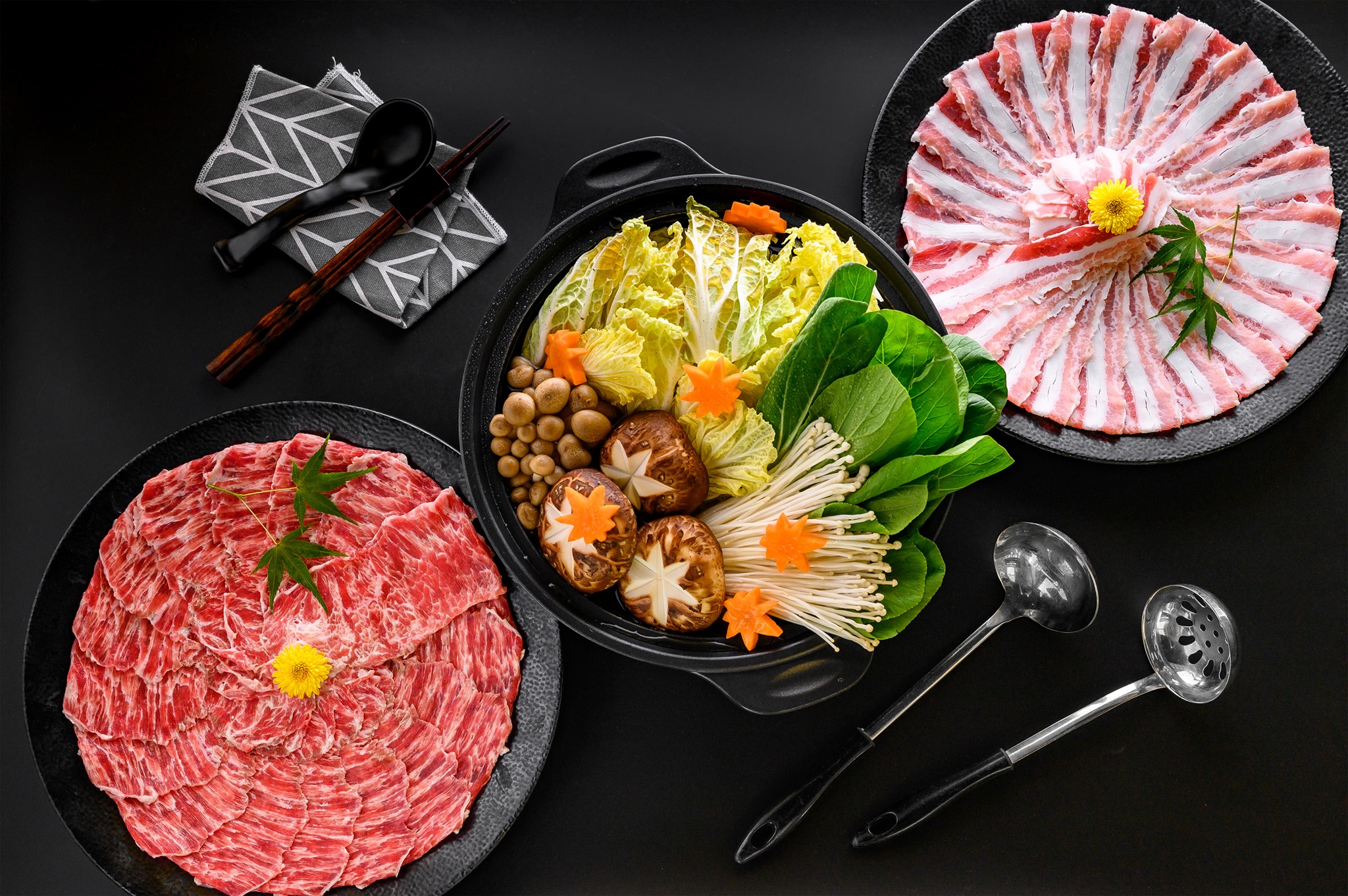Could you share some tips about how to make, cook and store pasta?
Make: Since you’re going to be making your own pasta from scratch, I’d suggest spending a little bit of money and getting a pasta machine as kneading can be hard work. Plus, it saves you time (15 versus 30 minutes) and gives a better result.
If you’ve got some time, shake out the pasta and flour it very well when resting it. Let it air-dry completely on a big tray, tossing every so often (usually needs about 10-15 minutes in our humidity) before storing or cooking. Don’t put it in a tight nest, you want to give it space. Flavored pasta particularly tends to be wetter and have more moisture, which can be an issue as it has a tendency to stick when it’s cooked.
Store: If you’re not cooking all of it, then you have two options. You can either store it at room temperature in an air-tight container (not for more than two days), or freeze it in batches (make sure it’s sealed well and it can keep for up to a month, possibly longer).
Cook: Always use as a big a pot as you have, with lots of water and salt. The water that you’re cooking your pasta in should taste like the sea, so make sure you taste it first. And whatever you do, don’t add oil (it’s a myth that it’ll prevent the pasta from sticking, so it’s a waste).
Make sure the salted water’s come to a rolling boil before you throw in the pasta. And don’t overload the pot with too much pasta, it needs space. Once you’ve thrown the pasta in, be sure to stir it so it doesn’t stick to each other or the bottom of the pot. As a rough guide, most fresh pasta takes about two to three minutes, filled ones take a little longer, say five to six minutes.
Vivian’s Pasta Hit List
Tagliatelle with Challans duck ragout, mushrooms and port ($36) at Garibaldi Italian Restaurant & Bar.
Sakura ebi capellini, konbu shellfish oil ($85 as part of a four-course lunch set) at Iggy’s.
Sardinian-style spaghetti with bottarga (mullet roe), garlic, prawns, chili and olive oil ($26.90) at Cugini.





